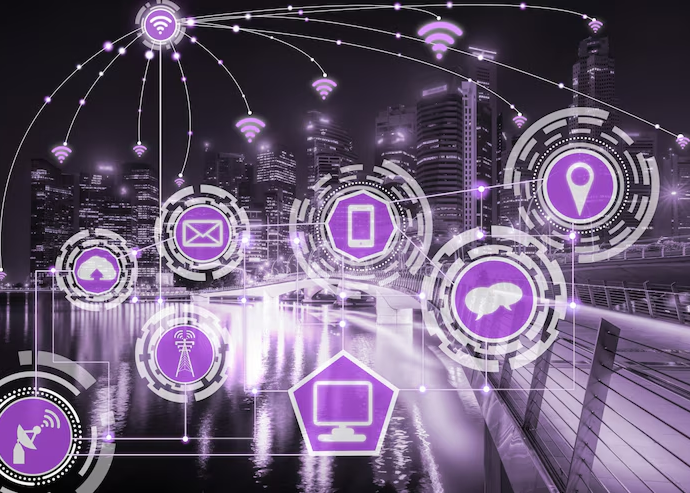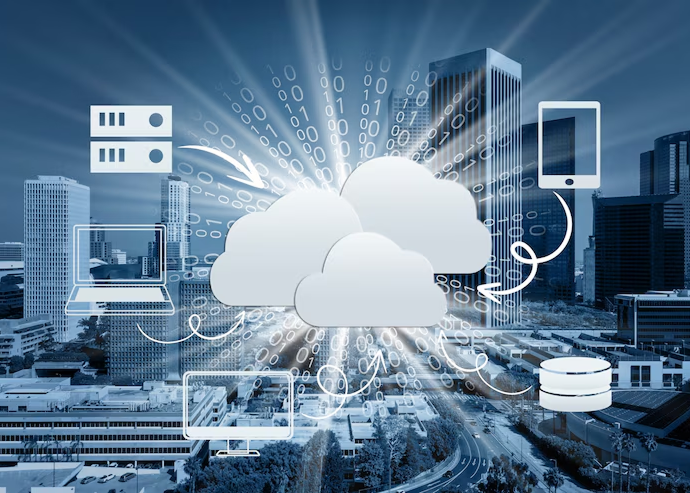By admin
Why Enterprises Are Replacing Legacy Systems in 2025 and How to Do It Right
The Changing Landscape: Why Enterprises Are Replacing Legacy Systems
Enterprise systems that have served businesses for years are becoming significant roadblocks to growth.
Here are some key reasons why enterprises are choosing to replace legacy systems:
Lack of Agility and Flexibility

How to Approach Legacy System Modernization
Assess Your Existing Systems
Choose the Right Modernization Approach
- Rehosting: Moving your legacy applications to a cloud platform without significant changes.
- Refactoring: Changing the system architecture or code while preserving core functionality.
- Replatforming: Shifting the system to a new platform or software with minimal changes.
- Replacing: In some cases, completely replacing the legacy system with a new, scalable solution.


Real-World Example: A Fortune 500 Insurance Company
The solution:
The Future of Legacy System Modernization
Are You Ready to Modernize?
Don’t wait for your legacy systems to become the bottleneck for your growth. The right modernization strategy can turn your outdated infrastructure into a powerful driver of digital transformation, enabling you to improve operational efficiency, reduce costs, and meet customer expectations. Start your journey now and ensure your enterprise is prepared for the future.
Conclusion
The 2025 shift toward replacing legacy systems will reshape the way enterprises operate. Understanding why this shift is necessary and how to implement it effectively can give your business the competitive edge it needs.
Modernization isn’t just about updating your technology. it’s about aligning your systems with future goals and customer expectations to ensure long-term success.
